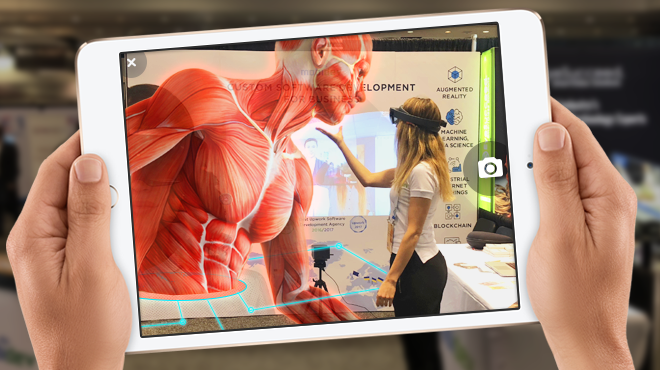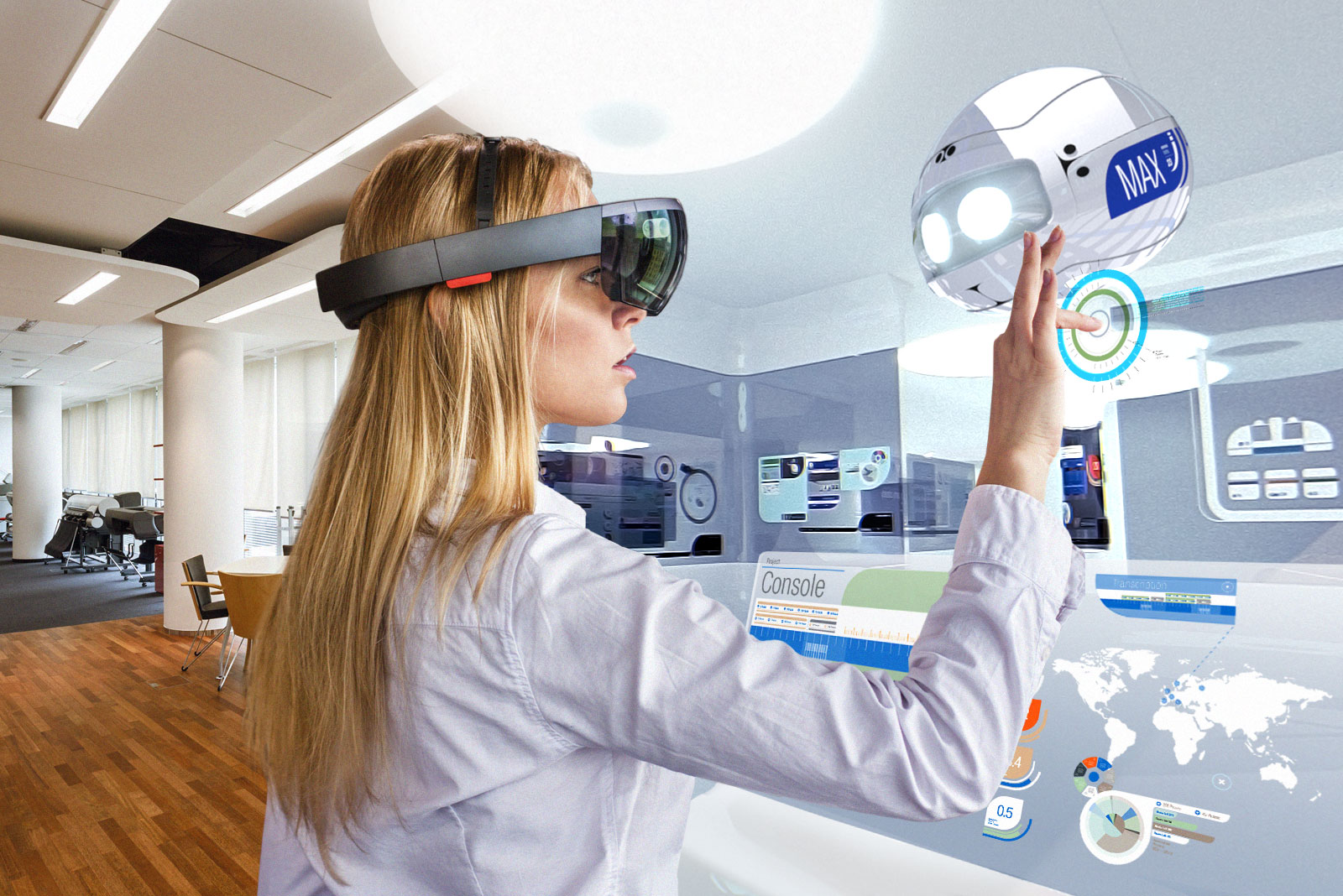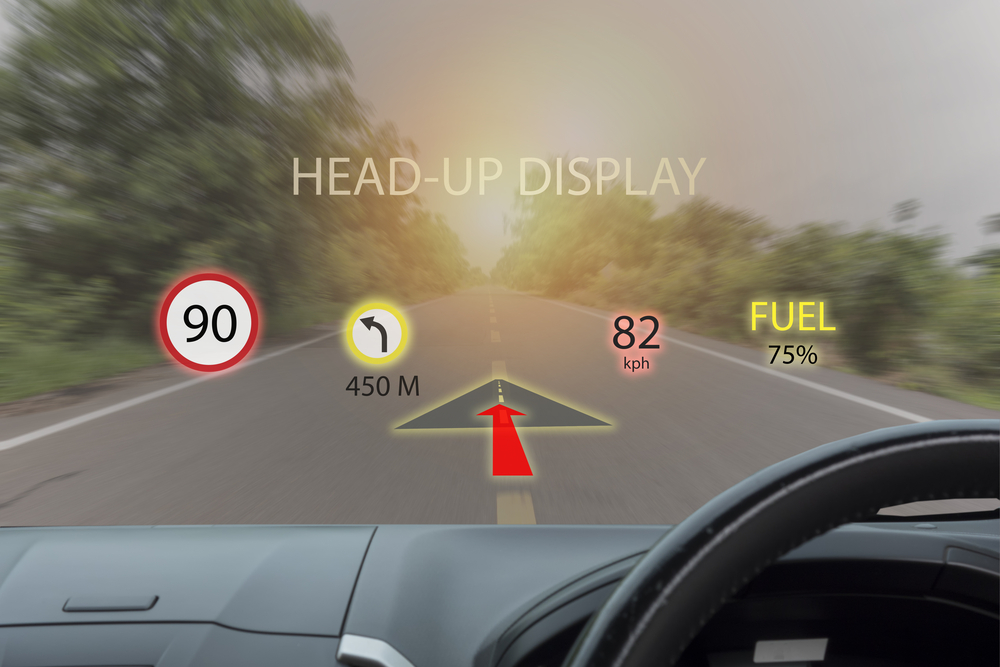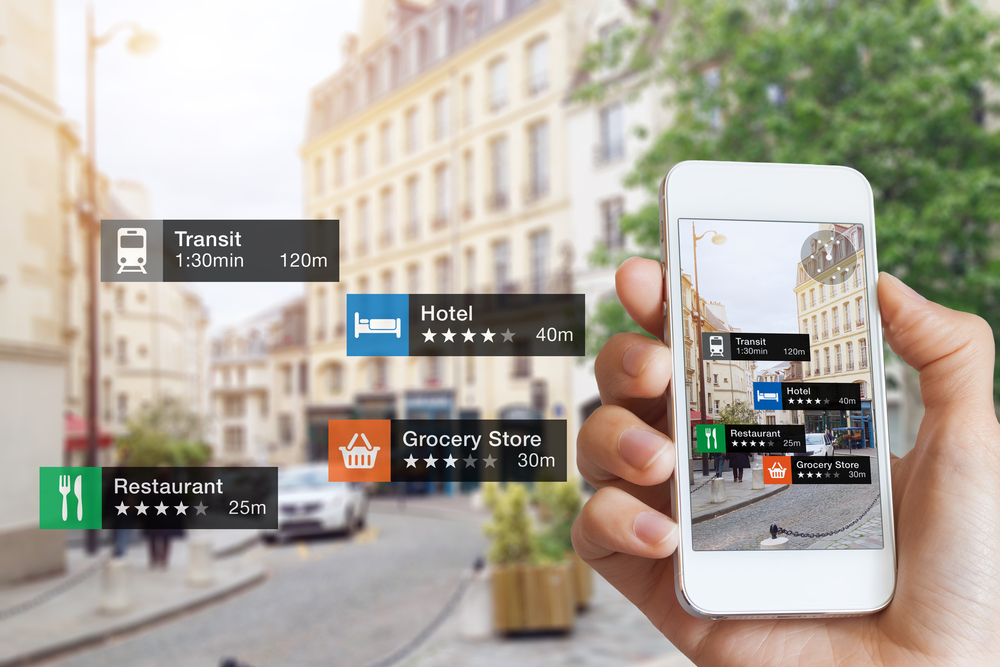
Augmented reality saw its record development in 2018. Business support for AR is situated to be solid, with huge tech names like Microsoft, Amazon, Apple, Facebook and Google making serious duties. As of May 2019, the introduced client base for AR-supporting cell phones reached 1.5 billion. Income for the business should hit $75 billion. Industry players in the augmented reality world expect to 2019 to be a year marked by an uptick in the pace of industry growth.
Trend 1: Mobile AR: Apple announced ARKit 3.0, Google’s ARCore is rapidly growing its installed base
The 2017 presentation of Apple’s ARKit and Google’s ARCore programming improvement units (SDKs) has institutionalized the advancement instruments and democratized portable AR application creation which has realized more than twofold the measure of versatile AR-empowered gadgets and significantly increased the number of dynamic clients during 1.5 years. Having once carried AR to the mass crowd of versatile clients, Apple verified its AR showcase administration as it revealed ARKit 2.0 at WWDC 2018, and afterward ARKit 3.0 at WWDC 2019. As far as innovation, the presented advances set versatile AR in a similar line with headset-based AR, if not above it. Regardless we can see a huge ARKit’s strength over ARCore, anyway the last has developed very nearly multiple times in supreme figures. The introduced base of ARCore-good Android gadgets developed from 250 million gadgets in December 2018 to 400 million in May 2019.
Trend 2: Augmented Reality as a novel method for shopping
Based on a report from Gartner, at least 100 million users are expected to utilize AR-enabled shopping technologies in 2019, which is one of the hottest retail trends of this year. The boom in mobile devices that employ AR means the sector is now occupied by robust and mature technologies. Developers, retailers and customers are now comfortably using them as part of their daily experience.
A BRP report indicated that 48% of consumers said that they’d be more likely to buy from a retailer that provided AR experiences. Unfortunately, only 15% of retailers currently put AR to use. Only a further 32% of retailers stated they plan to deploy virtual or augmented reality app development services over the next three years.

Trend 3: AR for navigation solutions
One of the most obvious use cases for AR technologies is indoor navigation, and 2019 is expected to be the year that the average consumer gets their first real taste of its potential. People already lean heavily on maps services from both Google and Apple to get around outside, but indoor navigation stands to be the use case that blows the public away.
Trend 4: AR-powered solutions for the enterprise
Smart glasses are currently at a stage where consumer solutions are likely a few years off. Military, medical and enterprise solutions, however, are beginning to prove the value of combining AR with headsets and smart glasses.
One of the major current headwinds for AR is battery life. Announced in February 2019, Microsoft HoloLens 2 is likely the most anticipated product in this space in 2019. The company hopes to roll out its technology to great fanfare by demonstrating improvements in raw processing power, battery life and wearability. The U.S. Army has awarded a $480 contract to Microsoft, and the company is also working with the industrial IoT firm PTC to streamline the development of both augmented and mixed reality products.
Trend 5: Augmented Reality enhanced by Artificial Intelligence
Artificial intelligence and machine learning are fast-growing sectors in tech. Bringing them together with Augmented and Mixed Reality systems is a natural extension of many of the things that are best suited to AI and ML, particularly computer vision. Likewise, the ability to create human-machine processes that handle problems like disease diagnosis has immense potential to improve outcomes.
35% of sales on Amazon are derived from its recommendation engine, which leans heavily on data science and machine learning to deliver search results and match advertisers with customers. Moving out of the web browser and into the real world has immense commercial potential. By pairing consumer profiles with AR and ML, retailers can identify customer needs based on their environments and provide them with recommendations.
The original article has been taken from, https://mobidev.biz/blog/augmented-reality-future-trends-2018-2020




2 thoughts on “Augmented Reality Trends to Watch in 2020”
The applications with Augmented Reality are becoming immensely popular across all industries from manufacturing enterprises to retail to healthcare centers. Thanks from SynergyTop
Nice blog and very much informatics!! thanks sure i will share with my friends. Augmented Reality Development Services